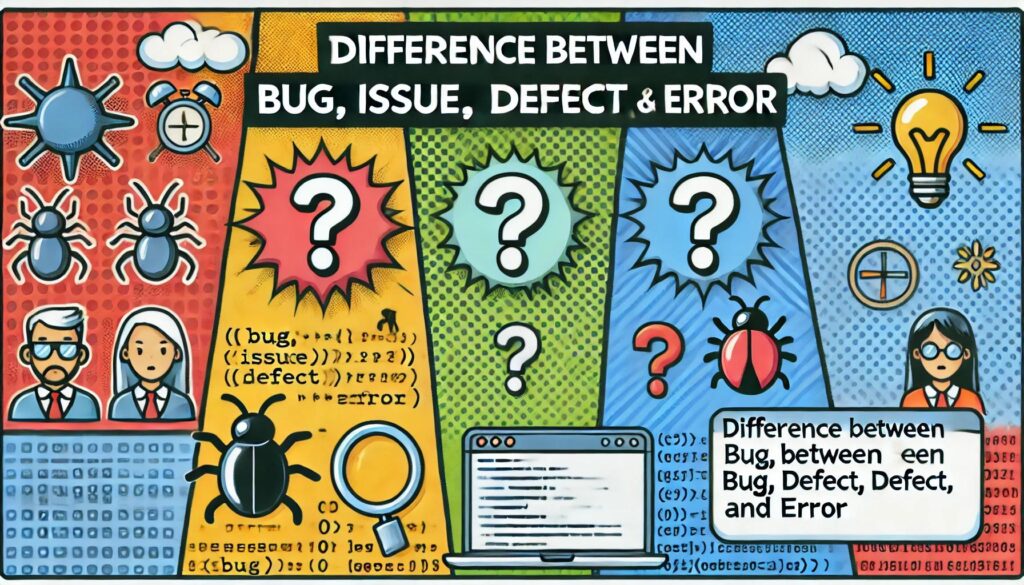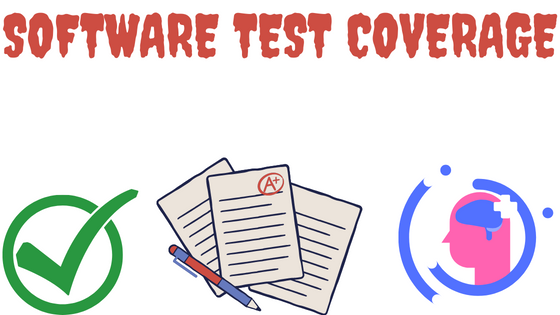The difference between bug, issue, defect, and error can often be misunderstood in the world of software development. These terms are frequently used interchangeably, leading to confusion in communication between developers, testers, and stakeholders. Understanding their distinct meanings can transform your approach to software testing, help you avoid costly mistakes, and improve your product’s quality.
For more on improving your software testing skills, be sure to check out my guide on Mobile App Testing Strategies, where I discuss how to ensure your apps are bug-free.
Let’s dive into the difference between bug, issue, defect, and error, and why these distinctions are critical to the success of your software development and testing efforts.
Table of Contents
What Is the Difference Between Bug, Issue, Defect, and Error?
Understanding the difference between bug, issue, defect, and error is not just about knowing definitions—it’s about sharpening your ability to spot problems early, correct them, and prevent future software failures. This guide will uncover each term’s role in the testing and development phases.
For more tips on software testing, read my post on Manual vs Automation Testing to see how these methods handle bugs and defects differently.
Bug: The Unexpected Flaw in Your Code
When developers refer to a “bug,” they’re talking about an unexpected flaw or malfunction in the software. A bug occurs when something doesn’t work as it should, causing the system to behave in unintended ways.
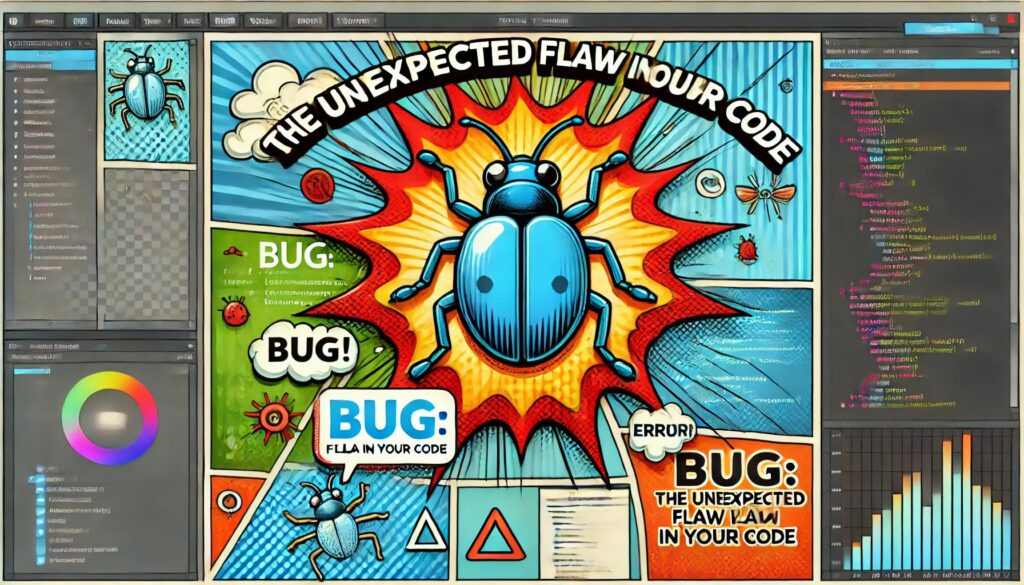
Bugs are often the result of a coding oversight, miscommunication, or complex dependencies. They’re the most common type of issue that users and testers encounter.
Example: Imagine using a shopping cart on an e-commerce site, but it fails to add items properly. This malfunction would be classified as a bug.
Issue: The Umbrella Term for All Problems
If you’re interested in learning how bugs can affect performance, check out my article on Performance Testing Best Practices.
An “issue” is a broader term that covers all problems, concerns, or enhancements related to software. Bugs, defects, and errors can all be considered issues, but an issue doesn’t necessarily have to be a bug. It could refer to a design flaw, a missing feature, or even a performance bottleneck that needs attention.
Example: A user reports that the app is slow when processing large files. This is categorized as an issue, although it may not yet be clear whether it’s a bug, a performance bottleneck, or simply a user’s misinterpretation.
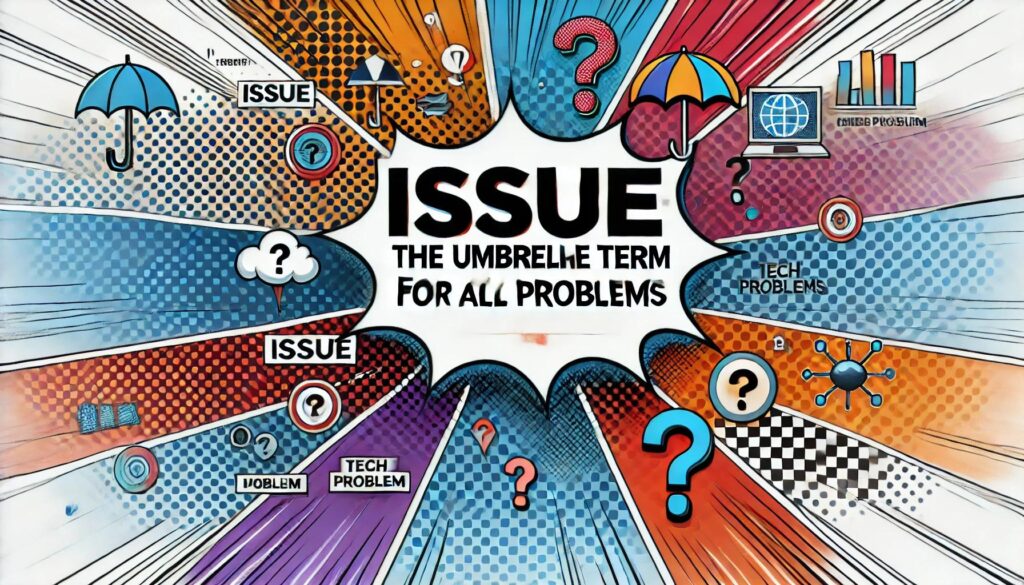
If you’re curious about how to tackle various issues in mobile app development, refer to my in-depth article The Most Common Mobile App Issues and How to Solve Them.
Defect: A Failure to Meet Requirements
A “defect” occurs when the software fails to meet its specified requirements. Essentially, it means that the software doesn’t do what it’s supposed to, according to its documentation or user expectations. Defects are typically identified during testing when testers discover that a particular function doesn’t work as intended.
Example: During testing, a banking app fails to transfer funds correctly between accounts. This deviation from the expected behavior is classified as a defect.
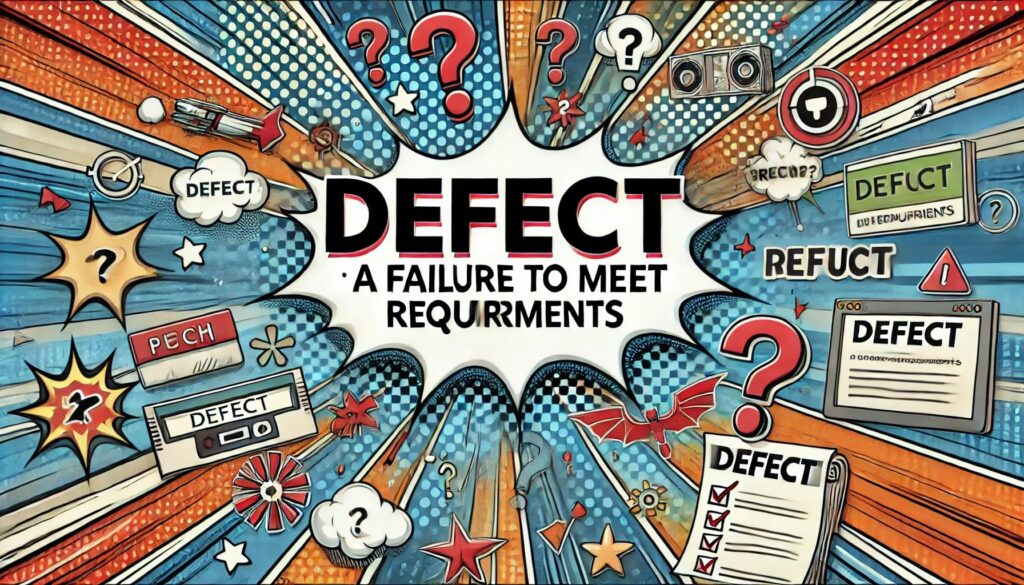
For strategies to handle defects more effectively, read my post on Effective Defect Management in Agile Teams.
Error: The Root Cause of Software Failures
An “error” is often the underlying cause of a bug, defect, or issue. It refers to a human-made mistake, usually in the form of a coding error, that leads to the problem. An error can happen in the development phase or even during testing.
Example: A developer mistakenly writes incorrect logic for calculating taxes in an e-commerce application, leading to inaccurate totals during checkout. This coding mistake is the root cause of the error.
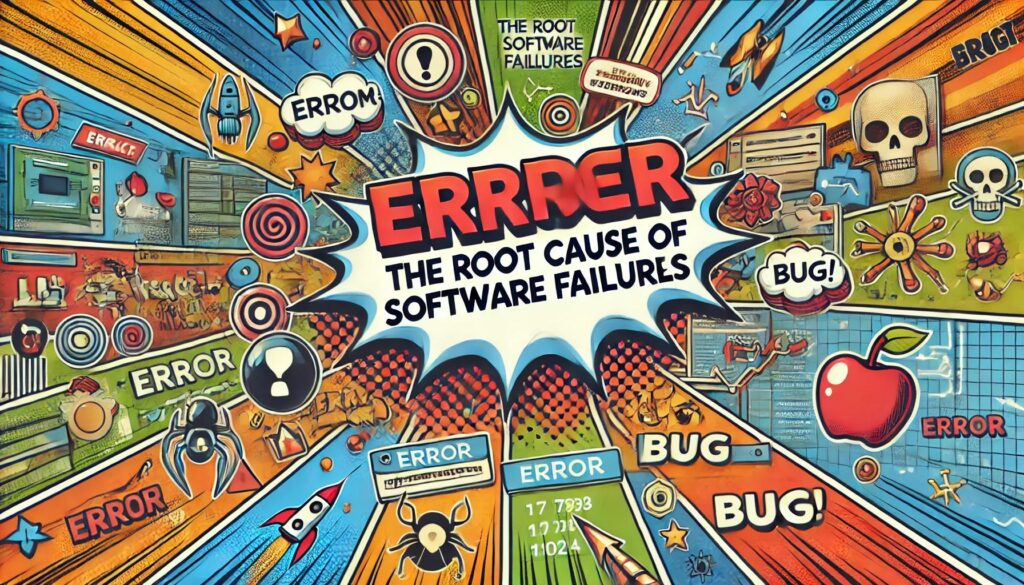
For more on catching errors early, read How Code Reviews Help Prevent Bugs and Errors to improve your QA processes.
Key Differences: Bug, Issue, Defect, and Error Explained
Here’s a simple way to remember the difference between bug, issue, defect, and error:
- Bug: A flaw in the software causing unexpected results.
- Issue: A general term for any software-related problem or concern.
- Defect: A deviation from the expected functionality or requirement.
- Error: A human mistake, often in code, causing software problems.
Explore more about how these issues can disrupt your projects in my article on Project Management and Software Testing.
Why Knowing the Difference Between Bug, Issue, Defect, and Error Matters
In the fast-paced environment of software development, using the correct terminology is essential for efficient communication and troubleshooting. Let’s look at why this matters in various stages of the development process:
- Clear Communication: When all team members understand the exact nature of a problem, it can be resolved faster and more efficiently.
- Targeted Testing: Knowing whether you’re dealing with a bug, issue, defect, or error helps testers focus on the right areas and create more accurate test cases.
- Better Prioritization: Issues that are mere suggestions for enhancements are handled differently than defects that impact the software’s core functionality.
Learn more about prioritizing issues in my article on How to Prioritize Testing Tasks Effectively.
How to Manage Bugs, Issues, Defects, and Errors in Software Development
Managing the difference between bug, issue, defect, and error can be simplified with proper tools and practices. Here’s how you can improve your approach:
1. Implement a Robust Bug Tracking System
A bug-tracking system like Jira or Bugzilla helps you categorize and prioritize bugs, defects, and issues more effectively. This also ensures that nothing slips through the cracks.
2. Conduct Code Reviews
Prevent errors from entering your codebase by conducting regular code reviews. This helps catch human mistakes before they evolve into larger issues.
3. Automate Your Testing Process
Automation tools such as Selenium or TestComplete can handle repetitive tests, freeing up your team to focus on defects and issues that need more attention.
4. Collaborate Across Teams
Encourage cross-team collaboration between developers, testers, and product owners. This ensures that issues are handled from both a technical and a business perspective.
Best Practices for Identifying and Resolving Bugs, Issues, Defects, and Errors
A clear, structured approach is essential for resolving any software problem efficiently. Below are some best practices for dealing with bugs, issues, defects, and errors:
- Use Consistent Terminology: Ensure your entire team uses the terms bug, issue, defect, and error correctly.
- Prioritize Issues by Severity: Not all bugs or defects are created equal. Focus on those that have the greatest impact on user experience or system performance.
- Maintain a Record of Resolved Issues: Keeping track of past bugs, defects, and issues can provide valuable insights into recurring problems or areas of weakness in your system.
Common Mistakes to Avoid in Software Testing
Mistakes in how we handle bugs, issues, defects, and errors are common but preventable. Here are the most frequent errors:
- Ignoring User Feedback: Sometimes, users discover issues before testers do. Ignoring their reports can lead to major problems down the road.
- Not Prioritizing Defects: If defects are not prioritized correctly, they can accumulate and cause major breakdowns later.
- Focusing Only on Bugs: While bugs are important, don’t forget to track and manage other issues, like performance bottlenecks or missing features.
Final Thoughts: Making Sense of Software Issues
Understanding the difference between bug, issue, defect, and error is crucial for efficient software development. It ensures clear communication, targeted problem-solving, and a structured approach to testing. By categorizing these problems correctly, you enhance the development process and deliver higher-quality software to users. Remember to always address each issue with its proper terminology, and never underestimate the power of clear definitions in your QA processes. Be sure to explore more tips on handling software problems in my post on The Importance of Thorough Software Testing.
For More articles check my other blogs

